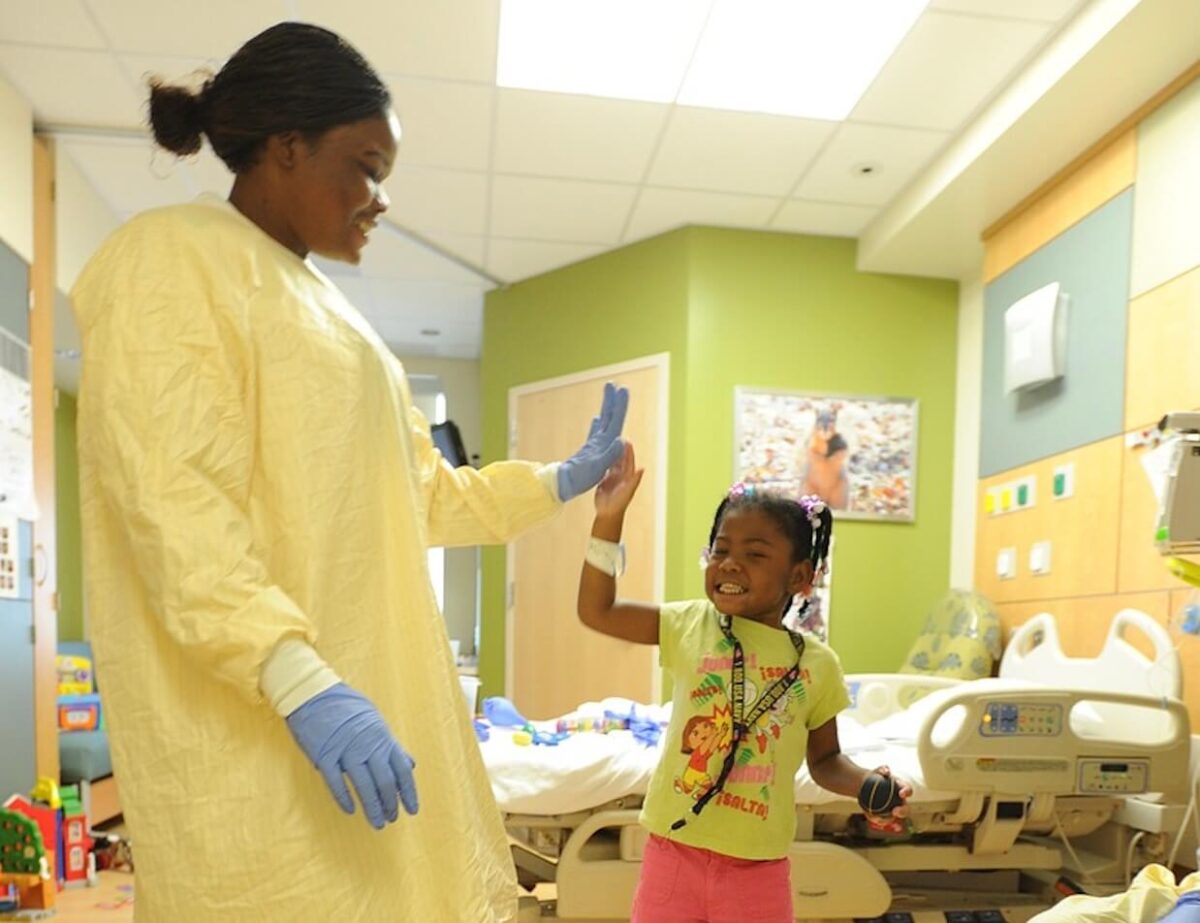Nursing Therapeutic Communication Examples

Effective communication is at the heart of nursing practice, profoundly influencing patient outcomes and satisfaction.
Therapeutic communication in nursing
Therapeutic communication in nursing is an essential skill that can significantly improve the quality of patient care. This blog will explore four common nursing therapeutic communication examples, including one focused on empathy, and discuss the expectations patients have when receiving care.
One of the most fundamental examples of nursing therapeutic communication is active listening. Nurses who practice active listening make a conscious effort to hear not just the words that a patient is saying but, more importantly, try to understand the complete message being conveyed. This involves paying close attention, reflecting, and clarifying to ensure that the patient’s message is fully understood. According to the American Nurses Association, active listening builds trust and establishes a strong nurse-patient relationship.
Another vital example is open-ended questioning. Instead of asking questions that can be answered with a simple “yes” or “no,” nurses use open-ended questions to encourage patients to share more detailed information about their symptoms, feelings, and concerns. For instance, instead of asking, “Are you feeling pain?” a nurse might ask, “Can you describe the pain you are feeling?” This approach not only provides more comprehensive information but also empowers patients to express themselves fully.
Empathy
Empathy, the third example, is crucial in therapeutic communication. When nurses show empathy, they demonstrate an understanding of what the patient is going through. It involves acknowledging the patient’s feelings and providing comfort. For example, saying, “I understand this is difficult for you, and I’m here to help,” can make a significant difference in a patient’s experience. Research from the Journal of Nursing Education and Practice highlights that empathy in nursing leads to improved patient satisfaction and outcomes.
Lastly, non-verbal communication plays a significant role in nursing. This includes body language, facial expressions, and eye contact. A nurse’s non-verbal cues can convey compassion and reassurance, often more powerfully than words. Maintaining eye contact, nodding, and using gentle touch when appropriate can help patients feel more at ease and understood.
Patients have high expectations when it comes to receiving care. They expect to be heard, understood, and treated with respect. Effective therapeutic communication fulfills these expectations by creating a supportive and trusting environment. When patients feel their concerns are taken seriously, they are more likely to engage in their care and adhere to treatment plans, ultimately leading to better health outcomes.
At Empathable, we understand the importance of therapeutic communication in nursing and offer tailored empathy courses designed to enhance these skills.
Our empathy courses can help nursing professionals improve their communication techniques, ensuring better patient experiences and outcomes. Contact us today to learn how our specialized programs can benefit your healthcare team and improve patient care through effective therapeutic communication.
